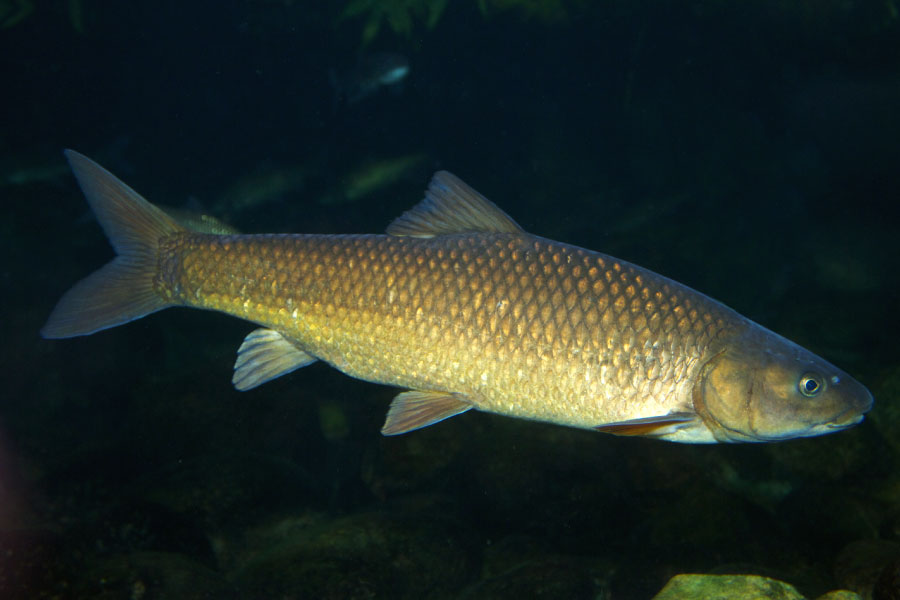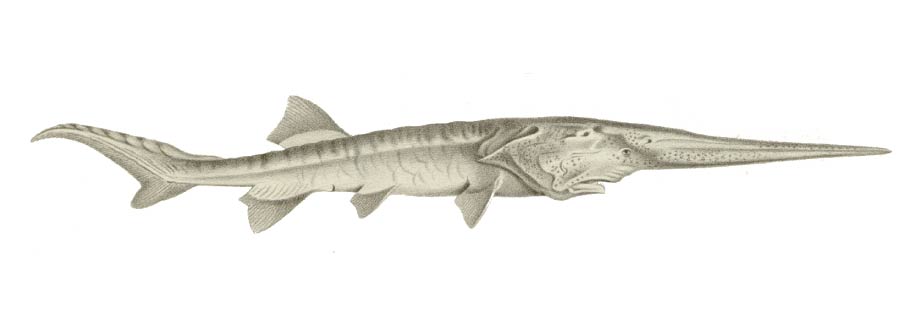On this page, we take a look at five species that went extinct in 2022…
Extinction is part of Earth's natural history, and sadly, just like every other year, 2022 saw a number of species disappear from our planet. Below, we highlight five species that were officially declared extinct in 2022.
You can see a list of animals that went extinct in 2023 on this page: Animals That Went Extinct In 2023
IUCN Red List
Numerous wildlife organizations monitor wild animal populations in order to identify species that are in danger of becoming extinct.
One of the biggest is the International Union for Conservation of Nature (IUCN), who publish a worldwide “Red List” of endangered animals. (Site)
The Red List has two categories for extinct animals: Extinct In The Wild, and Extinct.
Extinct In The Wild
As the name suggests, animals that are “Extinct In The Wild” are no longer found in their natural habitats, but still exist in captivity (zoos, sanctuaries, etc.).
A number of species rated “Extinct In The Wild” are currently being raised and bred in captivity in the hope that they can eventually be re-introduced into the wild.

There is a glimmer of hope for these species, as several such reintroductions have been successful in the past. (Examples of successful animal reintroduction include the Arabian oryx in the Middle East, and the black-footed ferret in the USA).
Examples of species that became extinct in the wild in 2022 include Garrett's Tree Snail (Partula garrettii), and the Raiatean Ground Partula Snail (Partula navigatoria).
Both of these species were found on the island of Raiatea, one of many islands that make up the island country of French Polynesia. Their extinctions are thought to have been caused by the introduction of the Rosy Wolf Snail (Euglandina rosea), an invasive species that preys on other snails.
Extinct
Animals rated “Extinct” are no longer found either in the wild or in captivity. They are assumed to have gone the same way as the dodo, passenger pigeon, thylacine, and T-rex.
- You can see a list of recently extinct animals on this page: Recently Extinct Animals
Never again will they be seen alive on our planet.
Listed below are five animals that were categorized by the IUCN as “Extinct” during 2022.
Note that, although the species below were officially declared extinct in 2022, the actual year of their extinction may have been earlier; several of the species below have not been seen for decades.
Species That Went Extinct In 2022
Mountain Mist Frog

- Scientific Name: Litoria nyakalensis
- Type of Animal: Amphibian
- Where Found: Australia
The mountain mist frog, also known as the Nyakala frog, was a frog found in upland areas of the tropical and subtropical rainforests of northeast Australia.
Reaching just under 6 cm / 2.36 in. in length, and pale olive-gray / brown in color, the mountain mist frog was found near fast-flowing streams.
Previously rated “Critically Endangered”, the mountain mist frog had not been seen since April 1990, and in December 2022 was declared extinct.
The extinction of the mountain mist frog is attributed to the chytrid fungus Batrachochytrium dendrobatidis, which has caused the decline and/or extinction of several other amphibians. Non-native feral pigs are also thought to be a contributing factor in the frog’s decline.
Sharp Snouted Day Frog

- Scientific Name: Taudactylus acutirostris
- Type of Animal: Amphibian
- Where Found: Australia
The sharp-snouted day frog , also known as the sharp-nosed torrent frog, was found in the rainforests of northeast Queensland, Australia.
Reaching just 3 cm / 1.18 in. in length, the sharp-snouted day frog was olive green with pale undersides. Running along each of its sides was a narrow white stripe and a wider black stripe. The species’ distinctive pointed nose helped identify it from similar species.
The sharp-snouted day frog lived near fast-flowing streams, and males could be heard calling throughout the day.
The primary cause of the frog’s extinction is believed to be Chytridiomycosis, an infectious disease caused by chytrid fungi, which has caused the decline and extinctions of numerous amphibians in the Americas, Australia, and East Africa (including the mountain mist frog, above).
Coote's Tree Snail

- Scientific Name: Partula coote
- Type of Animal: Mollusk
- Where Found: French Polynesia
Coote’s tree snail was a species of snail found on just two islands: Rurutu and Raivavae, both of which are part of the French-owned island country of French Polynesia, which is located in the South Pacific.
Like all snails, Coote’s tree snail was a gastropod mollusk. It belonged to the genus Partula, a group of air-breathing land snails found in tropical regions.
No living specimens of Coote’s tree snail have been seen since 1934. The species’ extinction is thought to have been caused by hybridization with the closely-related Partula hyalina, which is an introduced species on the islands on which Coote’s tree snail was found.
Giant Atlas Barbel

- Scientific Name: Labeobarbus reinii
- Type of Animal: Fish
- Where Found: Morocco
The giant atlas barbel was a fish that inhabited the Sebou, Tensift, and other rivers in Morocco that drained into the Atlantic. The species was endemic to (only found in) Morocco. It grew to lengths of around 55 cm / 21.65 in.
Along with carp, true minnows, the goldfish, and other barbels, the giant atlas barbel was a member of the carp family, Cyprinidae.
The giant atlas barbel was last seen in 2001, and despite intensive surveys, has not been recorded since. The species is thought to have become extinct due to pollution and the extraction of river water for agriculture.
Chinese Paddlefish

- Scientific Name: Psephurus gladius
- Type of Animal: Fish
- Where Found: China
The Chinese paddlefish, also known as the Chinese swordfish, was a fish in the paddlefish family, Polyodontidae, that was found in China’s Yangtze River Basin.
The Chinese paddlefish had an elongated nose, thought to contain electroreceptors for sensing the electrical fields produced by its prey.
The species was migratory, making its way from the river’s lower reaches to its upriver spawning grounds in spring.
The primary cause of the Chinese paddlefish’s extinction was overfishing. The building of dams that blocked the species’ migratory routes was also thought to be a contributing factor.
- You can read more about the Chinese paddlefish’s extinction on this page: Chinese Paddlefish
Discover More with Active Wild
- You can see a list of recently extinct animals on this page: Recently Extinct Animals
- You can view a list of endangered animals on this page: Endangered Animals
- You can view a list of critically endangered animals on this page: Critically Endangered Species

